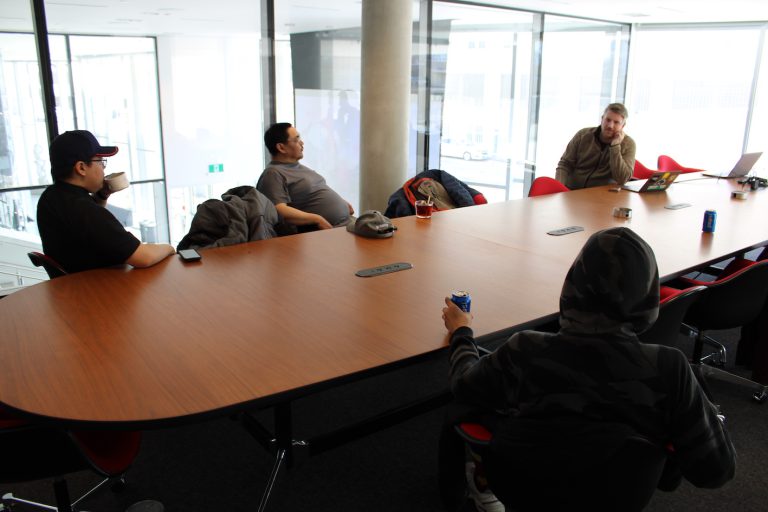
Understanding the Art of Reflection and Interpretation in the Unfinished Tales Archive
The Unfinished Tales and Short Stories Analyses archive is unique in its commitment to narrative fragments: chapters torn from imagined worlds, intentionally incomplete, designed to provoke curiosity and invite reader engagement. But alongside the stories themselves, the analyses occupy an equally important role, forming a literary form of their own. They are not mere summaries or critiques—they are interpretive artifacts, reflecting on the story’s internal architecture while extending its life and impact.
Fragment and Reflection
Every analysis begins with the acknowledgment of incompleteness. The chapters themselves lack beginnings, ends, or full context; the analyses mirror this, examining what is present rather than what is missing. They focus on character interiority, narrative tension, stylistic devices, and environmental symbolism, translating the fragment into a study of emotional and structural design. In this sense, the analyses function like magnifying glasses, allowing readers to see the intricate gears of storytelling that might otherwise go unnoticed in a short, self-contained passage.

A Space for Meta-Narrative
These essays also create a meta-narrative. Each chapter is a node in an emergent literary universe; each analysis is a commentary on how meaning forms across nodes. By linking style, theme, and psychology, the analyses illuminate patterns, thematic echoes, and recurring emotional architectures, turning the fragmentary into something cohesive without imposing linearity. Readers are invited to trace invisible threads, making the archive not just a repository of stories, but a laboratory for narrative exploration.
Emotional and Cognitive Engagement
Analyses engage readers on multiple levels. They guide attention to subtleties of emotion, interiority, and tension while encouraging interpretive participation. By foregrounding the psychological and symbolic mechanics of a story, the essays allow readers to inhabit characters’ minds and perceive the story’s deeper architecture. At the same time, they resist closure: just as the original chapters defer resolution, the analyses celebrate ambiguity, framing the unknown as a space for imagination and reflection rather than a problem to be solved.
Analyses as Archival Practice
Beyond literary interpretation, these essays contribute to the archive’s research dimension. They demonstrate how narrative techniques, thematic exploration, and emotional resonance can be documented, categorized, and studied. Each analysis becomes an artifact in its own right, a record of how meaning is constructed, deconstructed, and projected. Over time, the archive accumulates not only stories but also a layered map of interpretive practices, revealing trends in characterization, narrative style, and thematic preoccupations across genres and fragments.

The Unfinished as a Method
The analyses exemplify the philosophy underpinning the Unfinished Tales project: that storytelling is as much about what is withheld as what is presented. They show that reflection, examination, and discussion can be a form of creation, extending the life of a fragment beyond the page. In treating stories as objects of study, they encourage readers, writers, and researchers to consider narrative as a dynamic ecosystem, where stories, analysis, and imagination intersect.
Analyses in the Unfinished Tales and Short Stories archive are more than explanatory tools—they are a literary form, a method for reading and engaging with fragments, and a framework for understanding storytelling as an interactive, interpretive practice. They demonstrate that meaning does not require a beginning, middle, or end; it emerges from observation, reflection, and the willingness to inhabit the fragment itself. In this sense, the archive becomes not only a collection of stories but a space where stories are actively interrogated, felt, and made to resonate across time, genre, and imagination.





